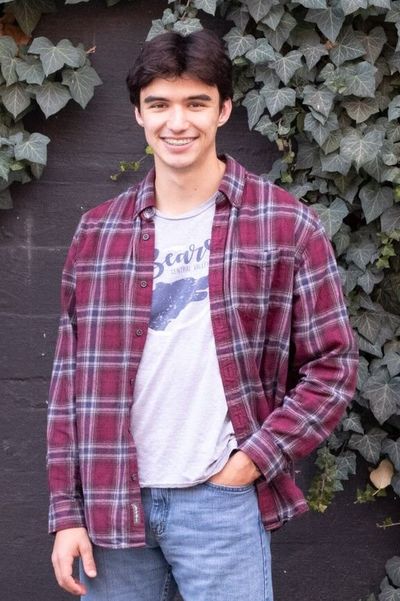Central Valley High School: Already an experienced researcher, Ansel LaPier had his mind turned toward the sciences

Not many high school seniors can boast that they have been published five times in biomedical and engineering journals, but Ansel LaPier can.
At the beginning of his freshman year, the Central Valley High School student started a research program with Eastern Washington University, where his mother is a professor. “She kind of had access and connections,” he said.
It’s recommended that people recovering from open-heart surgery only exert up to 10 pounds of force when performing everyday tasks. LaPier wanted to see whether people were actually meeting that benchmark. “They have to saw the sternum in half, basically, for the surgery,” he said.
LaPier created a walker that could measure pounds of force during everyday tasks such as getting out of a chair or using the walker to walk. “What I found was yes, they were using more than the recommended pounds of force,” he said.
He used college-age volunteers as well as volunteers over the age of 60 to gather his data. Both groups exceeded the recommended 10 pounds of force, more so with the older volunteers. “For the older subjects, it was over 20 pounds,” he said.
He then designed a simpler, more streamlined walker that people could use at home. It had a red light and a buzzer that activated if people used more than 10 pounds of force. LaPier wanted to test whether people would reduce the amount of force they were using once they were given feedback, and they did. They were either able to get below the recommended 10 pounds of force or at least significantly reduce the amount of force they were using, LaPier said.
LaPier said he first became interested in science in elementary school, when his mother was involved in Science Olympiad. “I was always really into that,” he said. “I’ve been competing in Science Olympiad ever since.”
But he hasn’t spent all of his free time doing research; he got into running in fourth grade when he trained for Junior Bloomsday. It’s something he’s stuck with, competing in cross country and track.
“Cross country and track is where I met a lot of my friends, so it was an important part of my high school experience,” he said. “Running at times isn’t the most fun sport. I like the challenge. It’s really rewarding, despite being difficult. It feels like the more work you put in, the more you get out of it.”
Now LaPier is looking toward his future and plans to attend Duke University in the fall. His final choice was between Montana State University, which offered a full-ride scholarship, and Duke after several campus tours.
“They had exactly the program I wanted,” LaPier said of Duke. “I really loved the campus.”
He plans to study mechanical engineering with a minor in renewable energy engineering – and research. “I know I’m going to continue research, but I’m thinking I’m going into a different area,” he said.